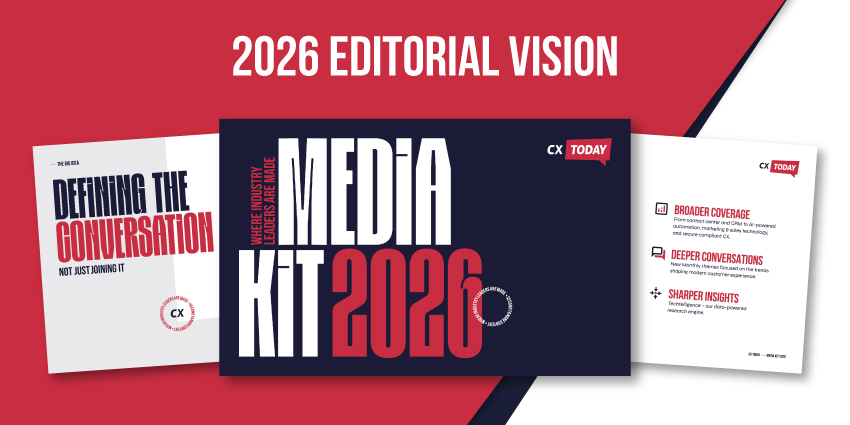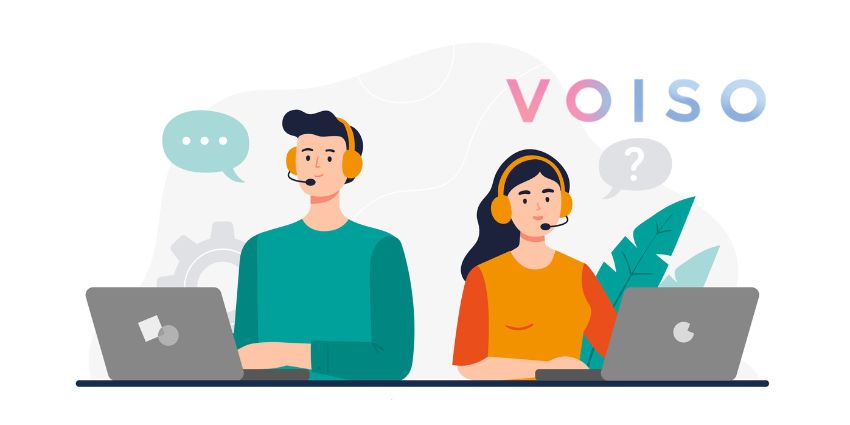For years, customer experience has been the leading differentiator for businesses worldwide. More than anything else, from features to price points, your customers will be looking for excellent experiences in exchange for their loyalty.
Tools like CRM (Customer Relationship Management) software, loyalty apps, and contact centres are all designed to assist with various points of the customer journey. However, as the technology landscape evolves, companies are increasingly looking for these services in a flexible, scalable, and cloud-based environment.
Cloud CX technologies provide all the tools companies need to innovate and enhance their customer experiences while offering the versatility of the cloud. The question is; how do you choose the right cloud CX vendor in 2022? Here are some points to look at as you conduct your search.
1. Ease of Use
An excellent cloud-based CX provider will deliver simplicity above anything else. When investing in cloud-based CX technologies, there’s a good chance you’re looking for ways to equip your employees with tools they can access anywhere. Ease of use will help to ensure the adoption of these innovations and prevent your staff from using unapproved technology.
You can start by examining things like two-factor or multi-factor authentication offered as part of the service whenever your users have to log in. Other options might include comprehensive access controls, so you can determine exactly who has access to which pieces of information in your business. The more secure the technology, the better.
2. Security
Security solutions for cloud-based technology have been growing significantly in recent years, particularly when it comes to dealing with customer data. Today’s consumers want to know their details are protected when connecting with your company. With that in mind, look into the security and privacy systems your provider has in place.
You can start by examining things like two-factor or multi-factor authentication offered as part of the service whenever your users have to log-in. Other options might include comprehensive access controls, so you can determine exactly who has access to which pieces of information in your business. The more secure the technology, the better.
3. Provisioning
In general, cloud-based customer experience technology will automatically be easier to roll out to members of your team than on-premises solutions. However, it’s worth taking a closer look at the provisioning requirements before you invest. For instance, if you’re going to be delivering a cloud-based service desk to all of your team members, find out how you can get your staff members to securely download and install the software remotely.
You may need to look into whether your technology comes with things like how-to tutorials and guidance to get remote members of staff set up without technical assistance too. Make sure you consider the ease of rolling out patches and software updates over time.
4. Reliability
Reliability is one of the most important considerations when investing in CX tools, whether on the cloud or otherwise. If you can’t depend on your technology to deliver excellent experiences when you need it most, then the service you provide to your customers will suffer too. With this in mind, look into whether your solution provider offers any guaranteed uptime agreements, or special failsafe features to ensure you don’t have unnecessary downtime.
Most CCaaS solutions will provide some manner of SLA so you can estimate how much downtime you might have to worry about. CRM, service desk, helpdesk, and other apps can also have additional tools to keep you up-and-running, like offline versions of technology to access when the internet isn’t available.
5. Integrations
Today’s employees are reliant on a wide range of customer service solutions and tools to serve an increasingly demanding audience. If your team is already using tools in the cloud-like contact centre solutions or service desks, it’s important to ensure your other CX technology can work alongside it. Integrating all of your CX technology ensures your team members don’t have to spend as much time jumping between apps or tools.
Most of the top CX solutions are built on open environments or designed with native integrations with leading technology. If you can’t find existing integrations available for the tools you already use with your new apps and services, reach out to the vendor.
6. Innovation
The cloud opens the door to incredible opportunities for innovation in customer experience. As the world of customer/brand interactions continues to evolve, business leaders are increasingly looking for ways to add more modern technology to their CX environment. This might include using artificial intelligence in the contact centre or adding self-service AI to the helpdesk.
Even if you don’t need access to the latest modern technology for customer experience right now, it’s best to look for a CX cloud provider investing in the latest tools. Innovation will help to ensure you can stay ahead of the competition and serve your customers correctly.
7. Omnichannel Interactions
While most people assume they only need to search for omnichannel capabilities in the contact centre, it’s important to be able to align multiple channels throughout a range of different environments. You’ll need to be able to align things like service requests from social media in the same place you list service requests from your phone contact centre or your email accounts.
The more channels and environments you can unify in your customer’s end-to-end buyer journey, the easier it will be for you to create consistently positive and valuable experiences for your target audience.
8. Service
Finally, remember that even when you’re investing in technology to improve the experiences you’re giving your customer, it’s still important to consider the experience your vendor can give to you. A great level of service, from help with setting up your new technology, to instant responses whenever you have technical issues, can make a huge difference to your new CX initiative.
You should be able to find plenty of information about the kind of support and service your vendor can offer on their website. However, it’s worth checking out reviews from other customers too.







